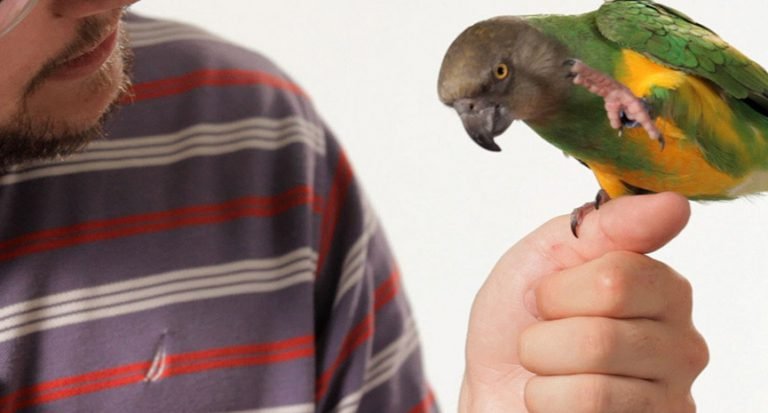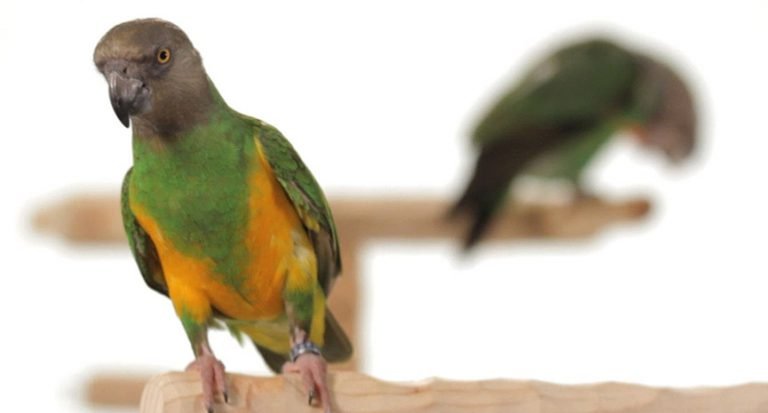Most of our pets usually liked to be stroked from the top of their heads down towards their tails. Your dog or cat may respond by cuddling up closer, rolling over for a belly rub or relaxing and falling asleep. Usually when we touch a parrot in this manner the bird either tries to escape, bite or just tolerates our touch.
Fortunately parrots usually do like to be touched. But the way they liked to be touched is just a bit different from the other pets in our home. Avoid touching your parrot on the back, wings or tail. Most parrots prefer to be touched on the head. This is similar to how many parrots interact with each other in the wild. Because parrots can’t reach to preen the feathers on their own heads, they often appreciate the help of a friend for this job.
Instead of petting from the beak towards the back of the bird, use your fingers to stroke the feathers towards the beak. A parrot who is really enjoying this will fluff up all his head feathers. Many times the bird will tuck his beak into his chest and close his eyes. When you see this body language you will know your parrot is really enjoying being touched.
Bring your hand up to your bird’s head slowly. This will give you time to look at how he is responding. If he is moving away from your hand, he may not be in the mood to be touched. Many parrots are very receptive to touch right before they are ready to take a nap or go to sleep. Slowly move your hand towards his head and offer a nice head scratch when your parrot looks ready for a snooze.
And try teaching your parrot a signal that means you would like to touch him. An easy way to do this is to wiggle your fingers a little bit right before you reach to touch his head. Your bird will quickly learn that wiggling fingers means the opportunity exists to get a head scratch. Once your bird realizes you know the right way to touch it is easier to train your bird.





